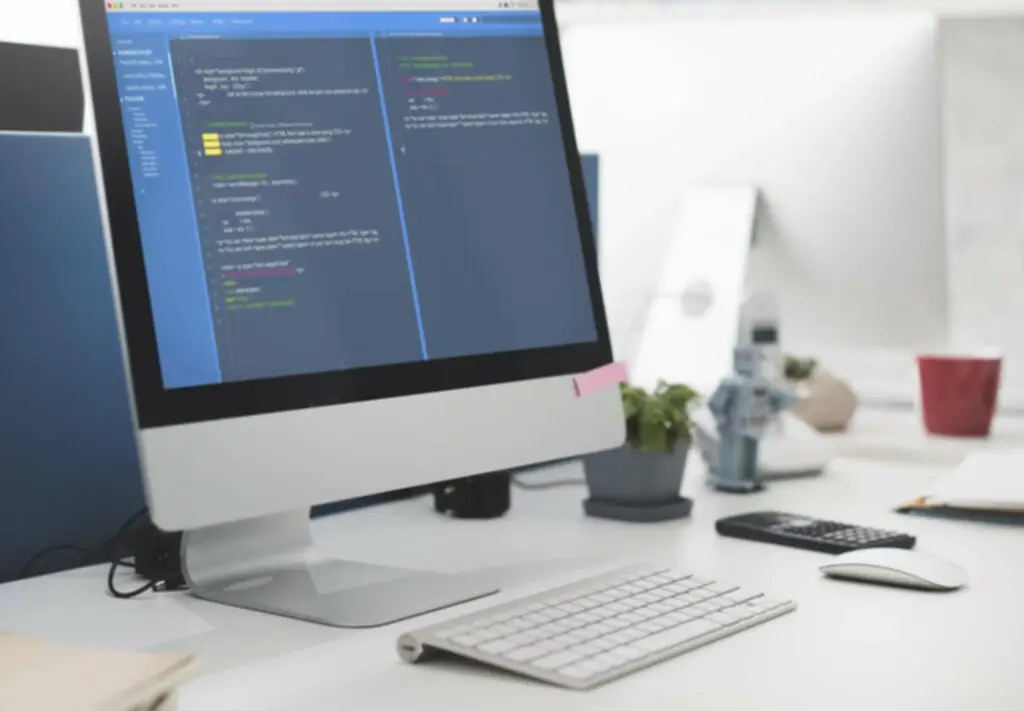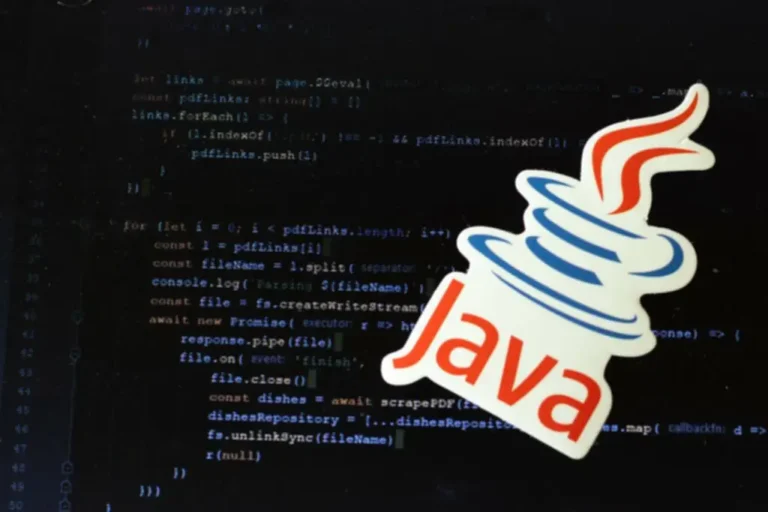What Is A Burndown Chart? A Easy Information For Agile Teams
The chart can replicate intervals of time, point out milestones, and visualize remaining work. Intervals of time different than these present in Scrum can additionally be displayed, nonetheless, burndown charts are rarely used for long-term planning. Groups use burndown charts to realize an outline of all remaining work and to determine the method it ought to be accomplished. These kinds of charts shortly present a team’s progress on an epic, which of its tasks still must be completed, and which remain to be done. It’s additionally attainable to foretell when the team will probably full an epic. This diagram is particularly geared towards agile groups that work with Sprints and shows the epics over their course.
Step 1: Estimate The Hassle Required
- By visualizing the remaining work and comparing it to the perfect development line, project managers and team members can determine any deviations and take corrective actions in a timely manner.
- If a team is overestimating time requirements, progress appears on monitor or ahead of schedule.
- Project management software like Asana provides integrations with these metrics and instruments, making it simpler to trace and analyze your project’s efficiency.
- They provide a transparent and concise illustration of the remaining work and help groups stay on observe.
- Now that you know the way to learn and use a burndown chart, you presumably can create considered one of your individual.
Evaluation whether the outcomes exceed or fall in need of what is the definition of a system the estimates to adjust your process for the next project. Calculate every task’s daily effort using the identical process as your estimate. The numbers could or may not match the estimated hours, relying on precise complexity or issues that slowed progress.
Launch burndown charts are instrumental in facilitating transparency and communication inside the project staff and with exterior stakeholders. Launch burndown charts, because the https://www.globalcloudteam.com/ name suggests, focus on tracking the progress of a project release. They visualize the remaining work over time and help project groups monitor their progress in the path of reaching the general project goals. Release burndown charts are significantly useful in tasks which may be divided into multiple releases or iterations.
This line relies on estimates and subsequently isn’t all the time correct. The story level estimates for the work that remains are represented by this axis. Burndown charts are priceless tools in Agile methodology and Scrum frameworks, providing teams with a clear, visual illustration of their progress and serving to them stay on observe. By understanding how to successfully use burndown charts, Agile and Scrum teams can optimize their workflow, enhance communication, and ship high-quality software on time and within ai networking finances. A flat or barely reducing line suggests that your team is struggling to complete work, which can be as a result of obstacles, bottlenecks, or an underestimation of duties. A steep drop within the actual effort line signifies a surge in productivity, often ensuing from the resolution of a significant issue or the completion of a big milestone.
Report Every Day Progress
There are additionally several methods to obtain your chart, but if you’d like a dynamic burndown chart that automatically displays your updates, you’ll want to share through hyperlink. If you already have your knowledge in a Google Sheet or Excel spreadsheet, you’ll be able to import that. Public Google Sheets can be linked in order that your burndown chart updates mechanically whenever you replace your knowledge within the spreadsheet.
Burndown charts are used by a selection of teams, however they’re most commonly utilized by Agile groups. That’s as a result of these charts are finest at analyzing short iterations, corresponding to sprints. Use it to visualise backlog tasks, in addition to these which may be within the realization stage, present process testing, or already finished.
This will be the identical as your estimate, but it’s more doubtless to be barely different depending on the complexity of the dash and should you run into points that delay your project timeline. A burndown chart is often used for tracking agile growth progress. It reveals the amount of work accomplished against the quantity of labor remaining for the present dash. A burndown chart helps to handle Agile tasks and view the remaining amount of labor in relation to a specific time period.

The Y-axis, or vertical axis, represents the remaining effort required to finish the project. This effort is often quantified using story points, a metric that estimates the relative complexity and work concerned in completing person stories or tasks. In agile software program improvement, groups decide to finishing a batch of work every sprint based mostly on their greatest estimates of time and effort. Burndown charts are the quickest and clearest way to visualize how the dash is progressing and determine if the agreed-upon work might be accomplished on time. Some groups use an analogous approach to trace progress on releases and epics.

From the burn-down chart graph, we are in a position to estimate when the project goes to be full. Burndown chart is a serious parameter utilized in agile software improvement and scrum to detect how much work stays to be accomplished. It is the graphical representation of exhibiting the left-out portion of the task versus time. Usually, time is taken on the abscissa and overlooked work on ordinates. The firm gets the knowledge of ‘How the team members are working”, and “Can determine the accomplishment of the task”. As we all know most IT companies are utilizing the Agile software development method for software program development, in that we’ve many facilities to maintain monitor of the complete growth course of.
It reveals how work should ideally be completed evenly over time to meet the project’s objectives. By comparing the precise trend line to the best development line, you’ll have the ability to establish any deviations and assess whether the group is forward or behind schedule. These charts are dynamic instruments that allow groups to visualise their every day progress during a sprint.
If you want proof that the cliché about “best laid plans” is rooted in truth, look no additional than your work initiatives. As you’ll find a way to see, the actual work line is barely completely different from the perfect. The work effort was larger than anticipated at the start however decrease than expected on the finish.
This line normally follows a straight trajectory from the whole work to zero. The best effort line serves as a benchmark to match in opposition to the precise progress. Understanding each element is crucial for effectively reading and creating your individual burndown chart, which is a priceless software in agile project management.
One frequent mistake in deciphering burndown charts is relying solely on the overall trend with out contemplating the underlying components. Burndown charts should be used as a discussion point to uncover points and facilitate collaboration amongst staff members. It is important to grasp that a burndown chart alone does not provide all of the answers but acts as a tool for significant discussions and decision-making. On the horizontal axis, every tick mark represents a day in the project timeline.
This data comes from the initial effort estimates and your precise work log from step two. Now that you know what a burndown chart is, how do you, the project manager, go about creating one? Burndown charts might look simple, however there are a few steps that you’ll want to complete before finalizing your chart. Most of us have been in a similar time crunch situation, and finding enough time in your team’s schedule to complete your tasks could be challenging.
Recognizing these patterns can help you optimize your software improvement course of and improve your team’s general performance. Whereas burndown charts are great for rapidly evaluating the ratio of work remaining and the time it takes to complete that work, they don’t present everything about the trajectory of a project. This makes it difficult to tell if adjustments are due to the backlog of items being completed or because of a change in story points. The actual effort line represents the actual work remaining on the finish of each dash or day, reflecting the staff’s progress. This line may deviate from the initial estimate because of unforeseen points, adjustments in scope, or inaccurate estimations. The actual effort line is likely to be less linear than the ideal effort line, reflecting the truth of project progress.
